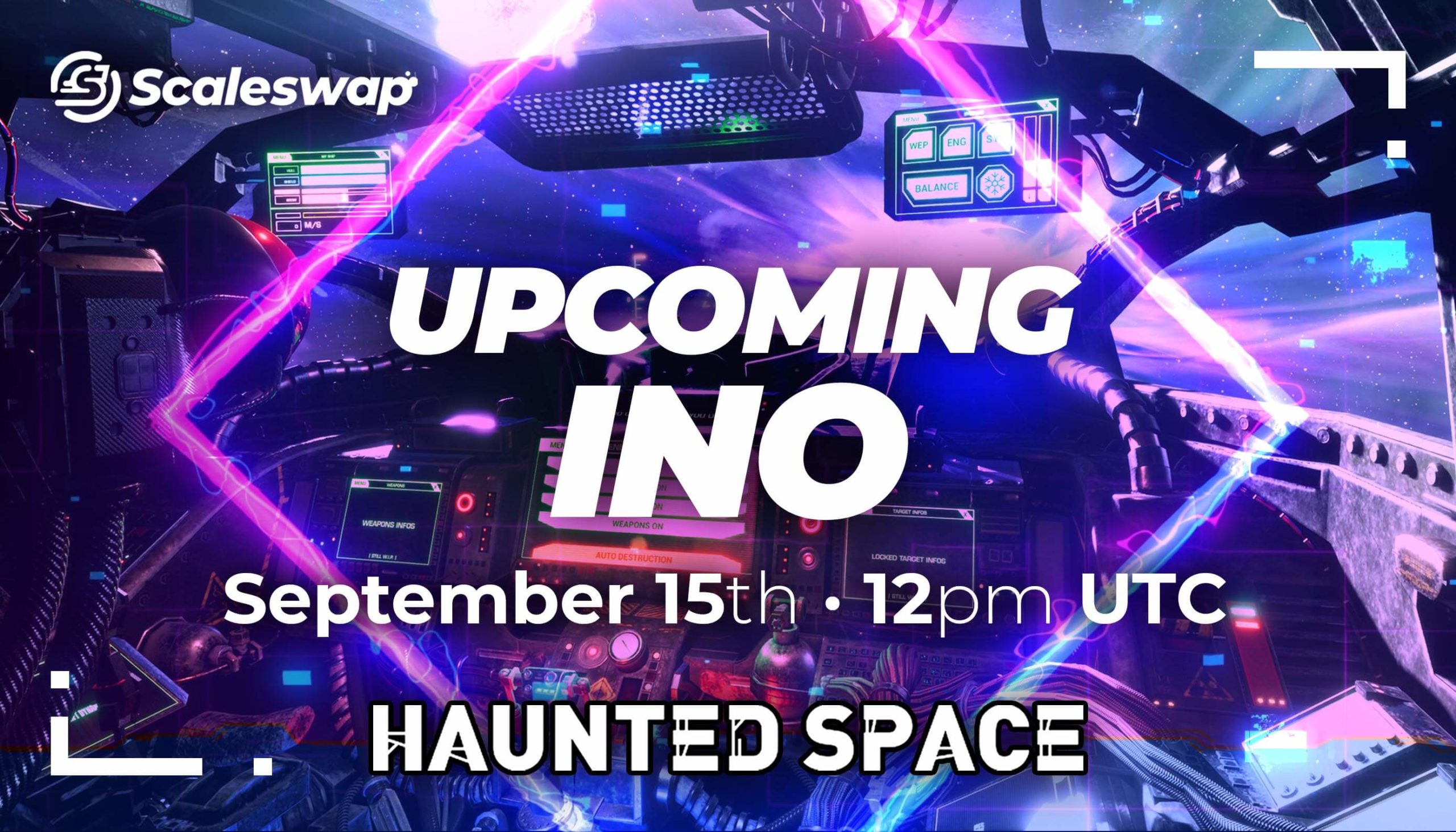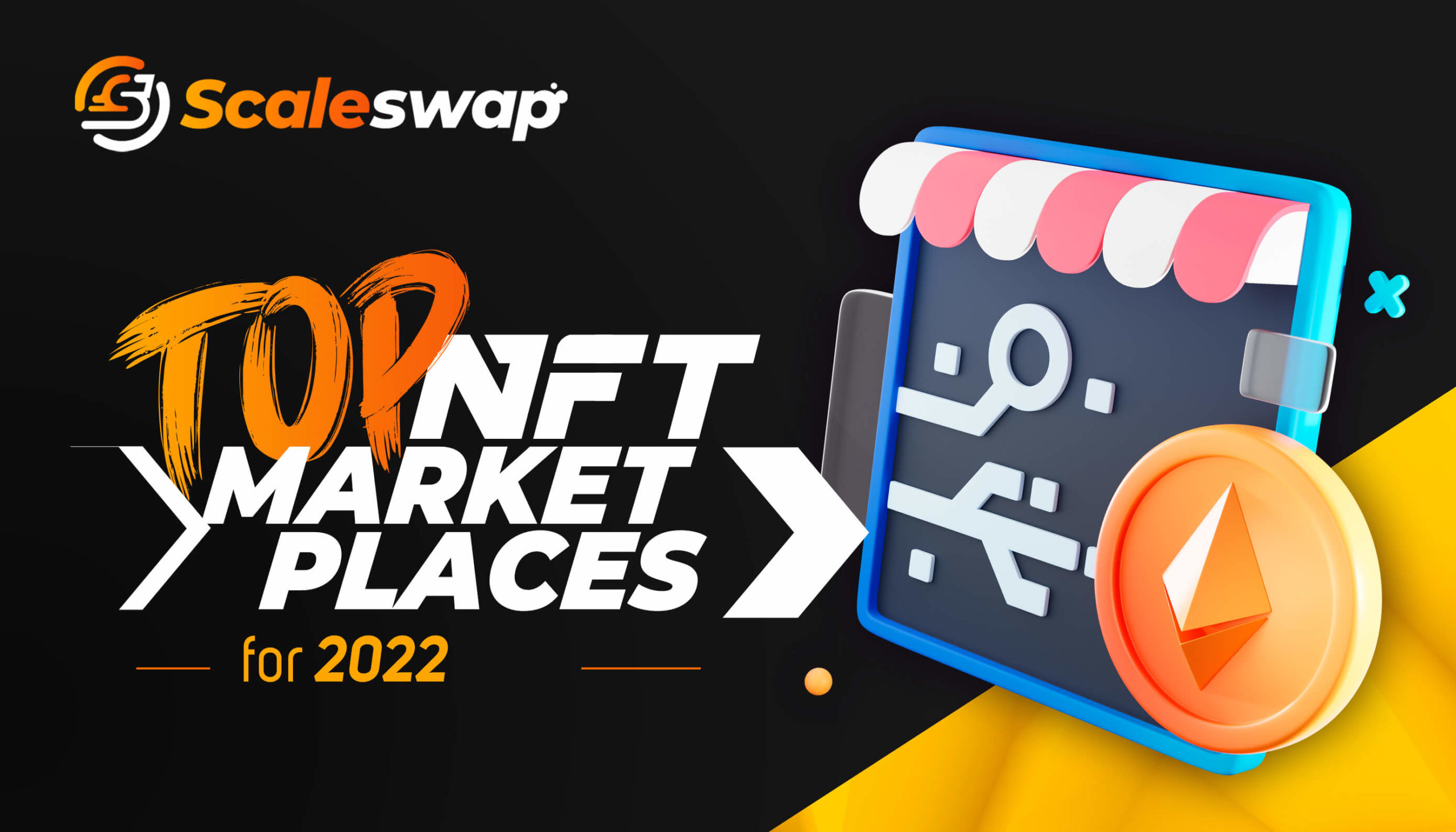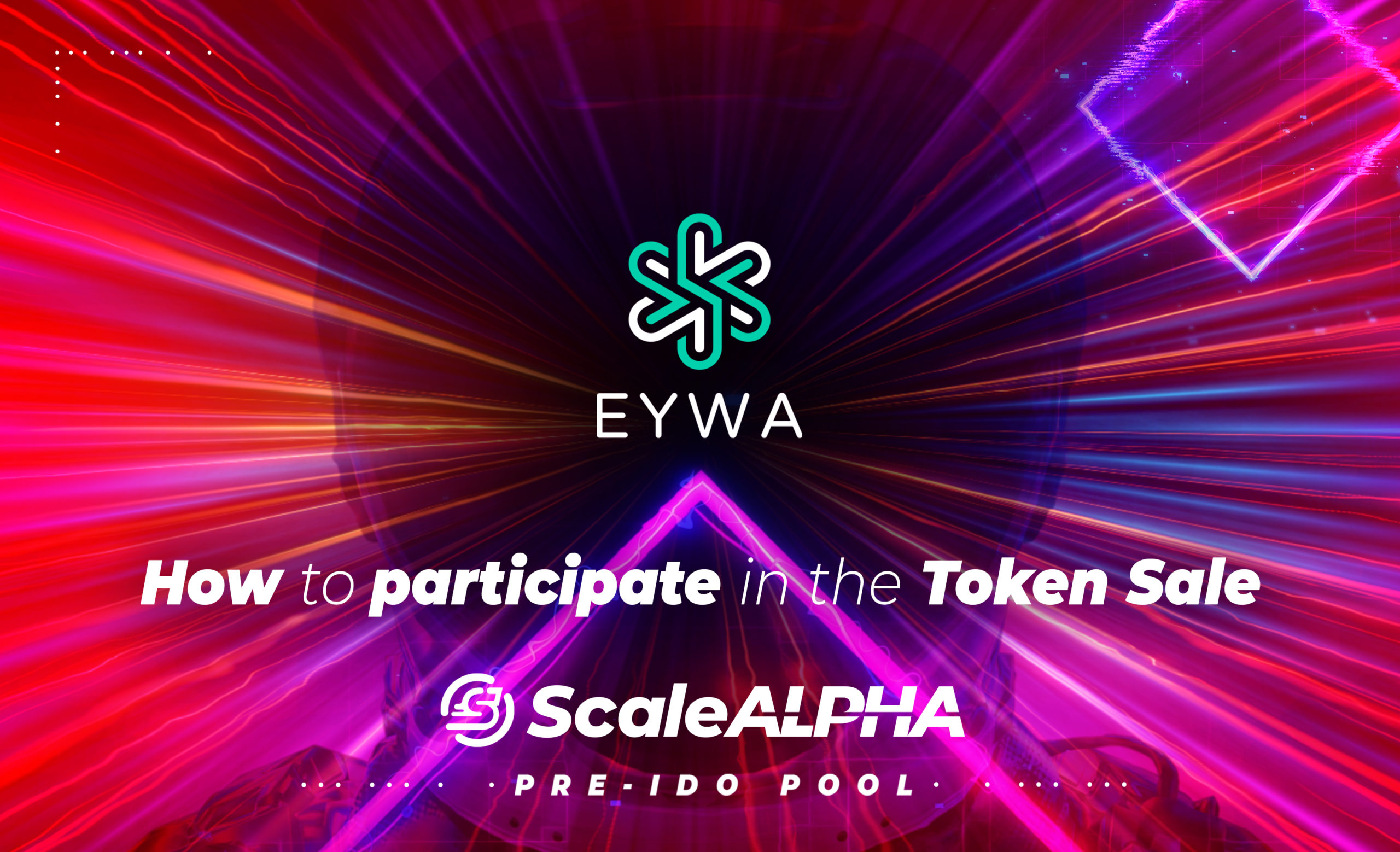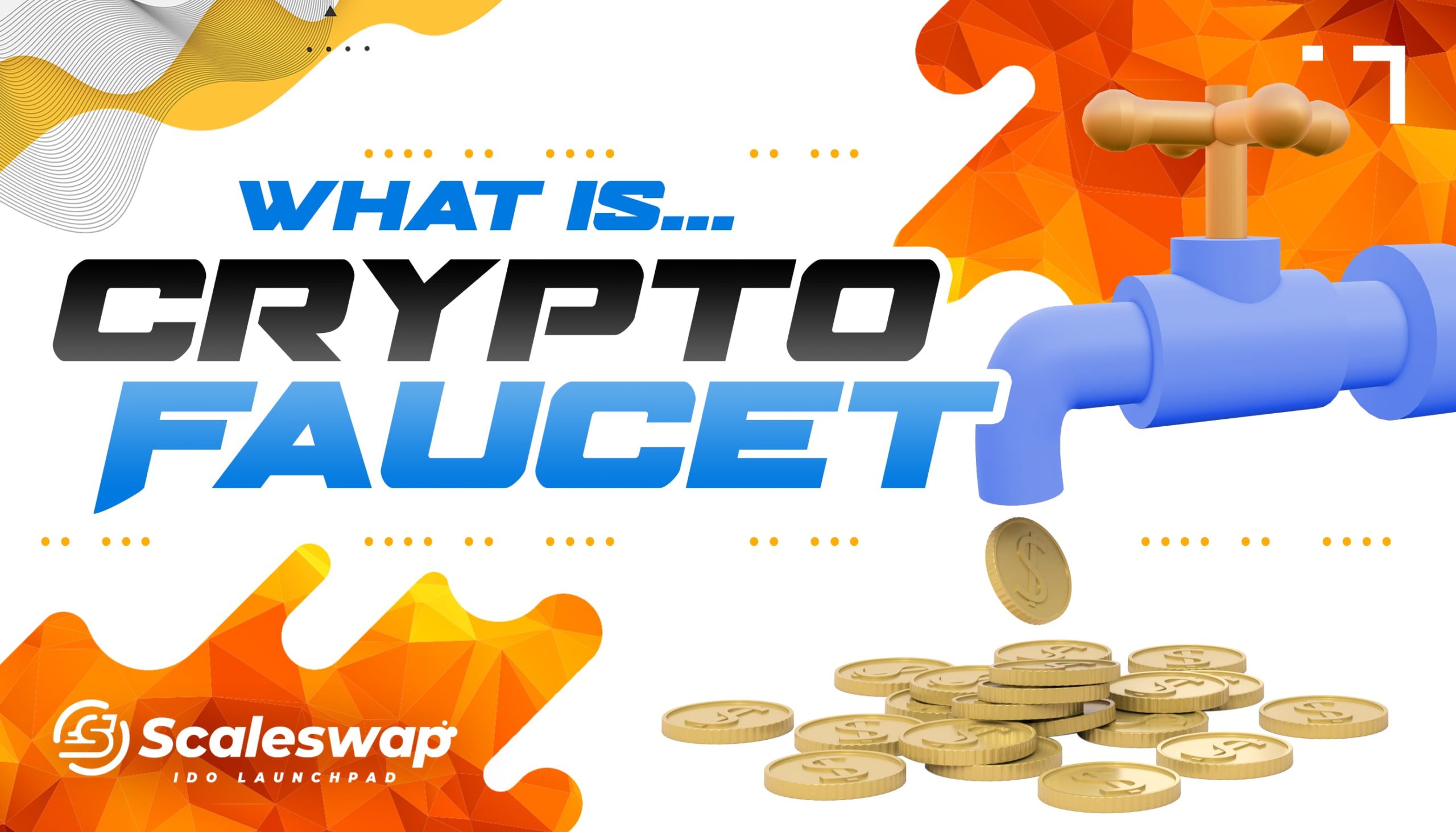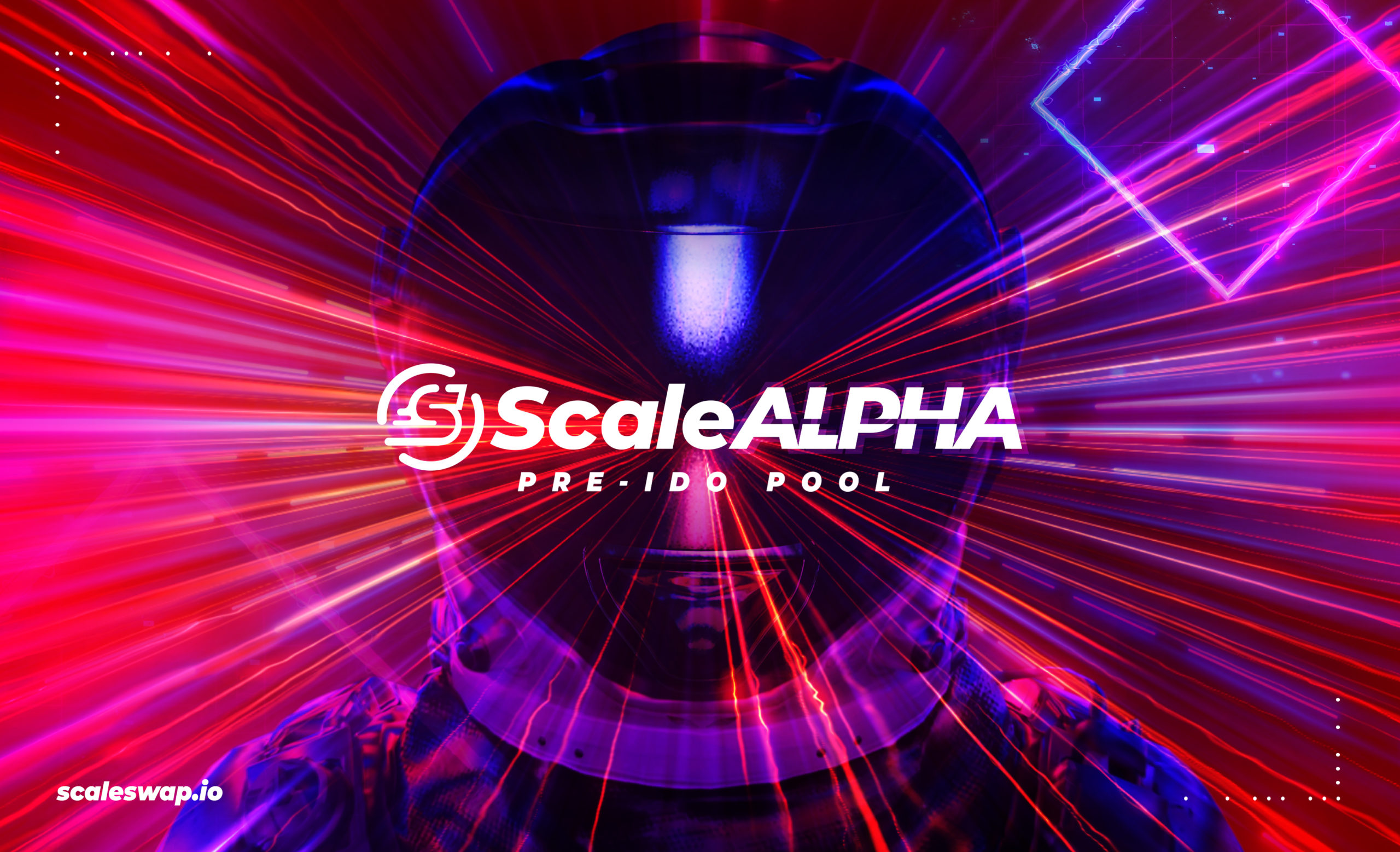Polygon is a Web3 platform driving developers and users to the Ethereum blockchain through high-end security, reduced gas fees, and user-friendly interfaces. If you ever wondered what Polygon represents in the crypto world, this in-depth take will help you grasp the core ideas behind the ecosystem.
Understanding Polygon
Matic Network roots back to 2017 before it was rebranded as Polygon in 2021. Polygon solves scalability issues for the widely-used Ethereum blockchain. Namely, it addresses some of Ethereum’s fundamental drawbacks, such as limited bandwidth and lack of community management. How? Polygon combines plasma sidechain technology with Rollups to connect and scale blockchains.
More of visual perception? Check out the video: What is Polygon?
Polygon and MATIC: What’s the Difference?
Polygon had survived water and fire since its foundation back in 2017. The platform was initially named Matic Network and concentrated on the PoS layer and plasma solutions. A couple of years later, the crypto community witnessed a massive MATIC token launch on Binance. The network has steadily evolved since then.
In 2021, Matic Network changed its name to Polygon. A rebranding campaign happened because Matic was associated with sidechain technology, while a brand new Polygon stood for a multi-layer & versatile approach. Even though Polygon has greatly expanded the concept outlined by the Matic Network, it still utilizes the MATIC token.
You can check out the Coindesk’s digest to learn more about the difference.
Advantages of Polygon
Polygon paves its way through other Layer-2 (L2) blockchains and brings lots of innovations as it was the first decent option available to scale Ethereum-powered startups. What’s the big deal about it, though?
Polygon targets a particular market, which is good as demand only grows. Most Web3 developers are focused on Ethereum itself or EVM chains because if a project supports/works on Ethereum, the hiring process becomes super streamlined.
Developers can easily build and upgrade dApps on Polygon to access much broader markets, resulting in higher efficiency and better KPIs. Why? Startups launching on Polygon get what they need the most. Whether it’s security, transaction speed/cost, or sovereignty — Polygon has it all. The platform’s architecture is as abstract as possible, which is perfect for scaling and building any Web3 project.
Imagine launching a Web3 FinTech startup and dealing with money transactions. In this case, the obvious priority would be security, as you don’t want to lose your customer’s money. Some projects might not need such a layer. The beauty of Polygon is that any developer can take an extra security layer if wanted to, but the layer is not provided by default. In other words, additional security is rather optional than obligatory. If you decide on additional validation, you can activate it.
The Web3 teams also don’t carry any risks related to their dApps being outdated, as Polygon implements a whole range of tools, creating a flexible and future-proof network. Versatility becomes essential for those who enter the Web3 space over the long haul.
Disadvantages of Polygon
Some crypto enthusiasts consider Polygon as temporary salvation before Ethereum 2.0 arrives. Others claim the EVM chain can’t provide high-level security Ethereum does, and neither it’s as cheap as separate Rollup solutions like Arbutrum and Optimism. Let’s dig.
Simply put, the safety debacle is not the case for Polygon. Another 400-pound gorilla in the room is Ethereum 2.0. Should developers be skeptical about Polygon? The short answer is no, simply because everything won’t necessarily go as scheduled for Vitalik Buterin’s Ethereum 2.0.
Make sure to check this digest to learn more.
What Are Layer-2 Solutions
Layer-2 is a technology running on top of a Layer-1 blockchain such as Ethereum or Bitcoin to increase scalability and efficiency. L2 offloads the parental chain, putting off transactions to a faster sidechain, which performs most of the network’s processing. Once the calculations are made, the sidechain reports back, sharing only the final results. As a result, the core chain becomes faster and more scalable.
Imagine a broad congested highway during peak hours. That would be the Layer-1 Ethereum network. Now add several side roads, which are Layer-2 solutions operating in conjunction with the highway. Polygon builds and maintains side roads. It also employs a set of other scalability features to put off the strain from the parental Ethereum network and therefore makes trading and exchanging crypto much faster and cheaper.
Architecture
Polygon Labs builds and scales other blockchains, always keeping the most prominent Ethereum chain in mind. The ecosystem revolves around developers, dApp building, and scaling. But how exactly do they launch, bootstrap, and maintain technical components behind over 19,000 Polygon-based projects?
Polygon implements multiple complementary scaling solutions along with its core Plasma Chain concept, making the ecosystem quite complicated to understand yet flexible and effective. You can check a simplified beginner’s guide to Polygon MATIC or get the full knack of Polygon.

Here is the complete suite of scaling solutions:
- Polygon PoS — an EVM sidechain
- Polygon Edge — a framework to build EVM chains
- Polygon Avail — off-chain scaling for EVM chains
- Polygon Zero — zkRollups powered by Plonky2
- Polygon Miden — zkRollups powered by STARK
- Polygon Hermez — open-source zkRollups
- Polygon Nightfall — high-end privacy Rollups
- Polygon Supernets — build blockchains using Edge+
The ecosystem has other products being developed, but let’s focus on core technologies Polygon implements to grow and scale Web3.
Proof of Stake Sidechain
Polygon brings a sidechain that adds a PoS layer to a blockchain. Such a blockchain keeps Ethereum’s security while being blazingly fast, especially if combined with Rollups.
This is the easiest way to scale dApps built on Ethereum, as the PoS sidechain is a battle-tested technology with over 1 billion transactions and close to 3 million monthly users worldwide.
Plasma Chain Technology
A Plasma Chain is another core technology behind many Polygon products. Plasma chains use fraud proofs to arbitrate disputes within a blockchain, significantly boosting transaction speed. These chains are also referred to as child chains because they’re substantially smaller than the parent chain. Each chain has its own transaction validation process. There’s no limit on how many child chains can be created. However, they only support simple transactions like swaps and token transfers through the plasma bridge.
zkRollups
Zero-knowledge Rollups accelerate the Ethereum parent chain through an extra L2 chain, which is a side chain built on top of L1. Nonetheless, the data or outcomes of such transactions are stored on L1 in a specific smart contract. Users can recover their assets even if the L2 network fails because the L1 smart contract will continue to function. Utilizing zKRollups Polygon delivers better throughput and cheaper costs than any other developed on Ethereum, while its non-custodial approach increases security for centralized exchanges.
zkRollups collect multiple off-chain transactions and develop ZK-SNARK, a cryptographic concept that allows a party to demonstrate that it has specific data without disclosing the data itself. The concept is widely used among top-tier blockchains to provide users privacy and validate each block added without the trust issue.
zkRollups guarantee their truthfulness by mathematical evidence instead of the optimistic Rollups method assuming validators are truthful. All transactions are routed through L2, whilst zkSNARK is assigned to L1. The biggest advantage of zkRollups is their security comparable to Ethereum’s parental chain.
zkRollups cause no delays when it comes to asset transfers from L2 to L1 because the contract approves such transactions by default. Moreover, zero-knowledge Rollups minimize transaction size, which leads to significantly reduced gas fees.
Optimistic Rollups
The optimistic Rollups technology doesn’t compute anything but proposes a new state for the Mainnet, which attests to a transaction. It works simultaneously with the L2 chain and reduces gas fees while boosting the main chain up to 100 times due to the embedded Calldata function.
Developers might combine Rollups with sharding technology in the future, smashing transaction speed limits. Polygon’s Rollups have been in the works for a while now; the same is true for a rumored Ethereum 2.0 sharding technology. Once that happens, both chains can benefit.
How Polygon Works?
The Polygon’s structure reminds those of Polkadot or Cosmos, yet it has some unique features. The architecture comprises four abstract layers — two base layers and a pair of optional layers:
- Execution layer (base) — execution layer is responsible for operational tasks & smart contracts execution. In some way, it’s Polygon’s EVM vision.
- Polygon networks layer (base) — the ecosystem’s backbone. Each network within this layer has its own sub-community, consensus, and blockchain building.
- Ethereum layer (optional) — a collection of Ethereum-implemented smart contracts that manage transactions across chains.
- Validation layer (optional) — security layer operates in tandem with Ethereum and provides extra validation service.
You can think of Polygon architecture as a pyramid with four steps. The first and foundational step being the execution layer, while the Ethereum layer peaks the structure up. As a result, Polygon-powered dApps can interact with EVM chains and Ethereum, resulting in high-end interoperability. Other features like plasma chains, Rollups, and more complement the overall structure. A vivid example would be the core arbitrary messaging feature that has partly boosted the intrachain value exchange and launched a new bridge-building era for the whole crypto world.
Which Consensus Polygon Uses?
Polygon uses the Proof-of-Stake (PoS) consensus mechanism to create MATIC tokens and secure the network. The basic idea of PoS is quite simple and related to the concept of Proof-of-Work (PoW). New to crypto? Learn more about the PoW consensus mechanism.
The PoW concept requires its members to invest computing power (e.g., mining equipment) to solve mathematical problems generated randomly. This is required to protect the network from unilateral control and manipulation.
Now let’s get back to Polygon’s PoS. Here is a brief example of how PoS works compared to the PoW mechanism:
- Instead of buying $1,000 worth of mining equipment, users can stake $1,000 value in MATIC tokens.
- Users can sign their vote with a digital signature instead of specifying which blocks are valid via mining. The block with the most votes wins instead of the block that spent the most resources mining.
- If the nodes behave maliciously, they will lose their entire staked share instead of losing the reward for the work done.
Validators that hold a substantial amount of MATIC tokens do the main job within the Polygon ecosystem. Due to the large share of tokens, the validator acts as a proxy for the system. Validators verify new transactions and add them to the blockchain, for which they are rewarded with commissions and new MATIC tokens.
The second group of users is called delegators. They deposit their MATICs indirectly through trusted validators. This staking option involves less commitment and requires analyzing the environment. If the chosen validator acts maliciously or makes mistakes, the delegator can lose its MATICs.
Polygon Bridge
Polygon has two bridges — the Proof-of-Stake Bridge and the Plasma Bridge. Even though users can transfer their assets blazingly fast via both Ethereum-Polygon bridges, each has its specifics.
PoS Bridge is more reliable for a broader audience as it uses a widely adopted consensus mechanism and works with common ETH token standards, including the most popular ERC-20 standard.
Plasma Bridge is more suitable for developers, as they usually prefer additional security over anything else. The bridge supports common ERC-20 and ERC-721 (NFT) standards. You can have a detailed look at Ethereum protocol standards on our blog.
Polygon’s Software Development Kit (SDK)
The Polygon SDK is a tool designed specifically for developers. SDK plays a vital role in L2 development and Ethereum’s low-gas future. Developers on Polygon can create the following:
- Standalone EVM blockchains
- L2 protocols directly connected to Ethereum
Polygon SDK developers can use a bunch of open-source resources available and integrate additional modules. Here is the list of some tools developers can use:
- Open wallet API — to integrate Web3 wallets
- Token Mapper — Ethereum to Polygon mapping
- Faucet — to test your network’s performance in advance
- Matic JS — a ready-to-go integration library
- Polygon Bridge widget — to connect your dApps in the blink of an eye
Want to know more? Make sure to check the official SDK announcement in Polygon’s blog.
Popular DApps Using Polygon
More than 19,000 projects have already been built on Polygon’s technology. Here is the list of popular projects on Polygon.
- Exchanges: Binance, Coinbase, FTX, Huobi, Uniswap, 1inch and more
- NFT games & collection: Decentraland, Aavegotchi, Bloktopia, Derace, Coolcats
- DeFi protocols: Yearn.finance, Bancor, Aave, Balancer
- Tools: Polyrare, Polytools, Ceramic Network
- dApps: Scaleswap, Procial, Vodra, The Ally
The Web3 applications built on Polygon are safe, scalable, and fast. Let’s take a decentralized multi-chain fundraising platform Scaleswap as an example. The platform has picked Polygon along with Ethereum, Binance Smart Chain, Fantom, and Harmony chains to make IDO projects more attainable to the community members.
Scaleswap provides its sustainable community with access to innovative projects and early-stage IDO investment opportunities across five blockchains, including Polygon. Teams and projects benefit from streamlined crowdsource funding, reliable community, and turnkey incubation support.
Future of Polygon
Although many assume the Ethereum 2.0 hard fork would leave little room for scalability, Vitalik Buterin himself expects a bright future for Polygon because Polygon has a dedicated developers community and constantly-updated products.
Not long ago, the Polygon Supernets blockchain building solution was rolled out. The technology relies on the previous Polygon Edge concept yet fetches a fresh perspective for blockchain fast-tracking and broad adoption. Polygon is also associated with a series of Web3 fundraising & startup acceleration initiatives. The platform supports NFT, Gaming, and Metaverse projects built on Polygon, paving its way into upcoming trends.
Even though Polygon has a long way ahead, it might flourish as the ecosystem is home to over 19,000 dApps. Does it mean Polygon is too big to fail? History shows that nothing is.
FAQ
How much are MATIC coins worth?
As of April 27, 2022, MATIC coins are worth $1.26 per coin, according to the Coinmarketcap and CoinGecko data aggregators. Using these platforms, you can always check the Polygon price history and current charts.
How many Polygon coins are there?
The total supply for Polygon is 10 billion tokens. As of April 27, 2022, the circulating supply reached 7.85 billion MATIC coins, which means 78.5% of MATIC has already been issued. The number always changes as some new tokens flow into the market or are burned. The overall model for MATIC is deflationary, meaning that the number slightly decreases over the long term.
How can I buy MATIC?
You can buy MATIC on any major centralized exchange like Binance, Coinbase, FTX, etc. Another way to purchase Polygon’s native tokens is through decentralized exchanges or aggregators like Uniswap, SushiSwap, and 1Inch.
How Many dApps Does Polygon Have?
Polygon is used by over 19,000 dApps globally. You can explore some of them on Polygon’s official website.


 Scalescore
Scalescore

